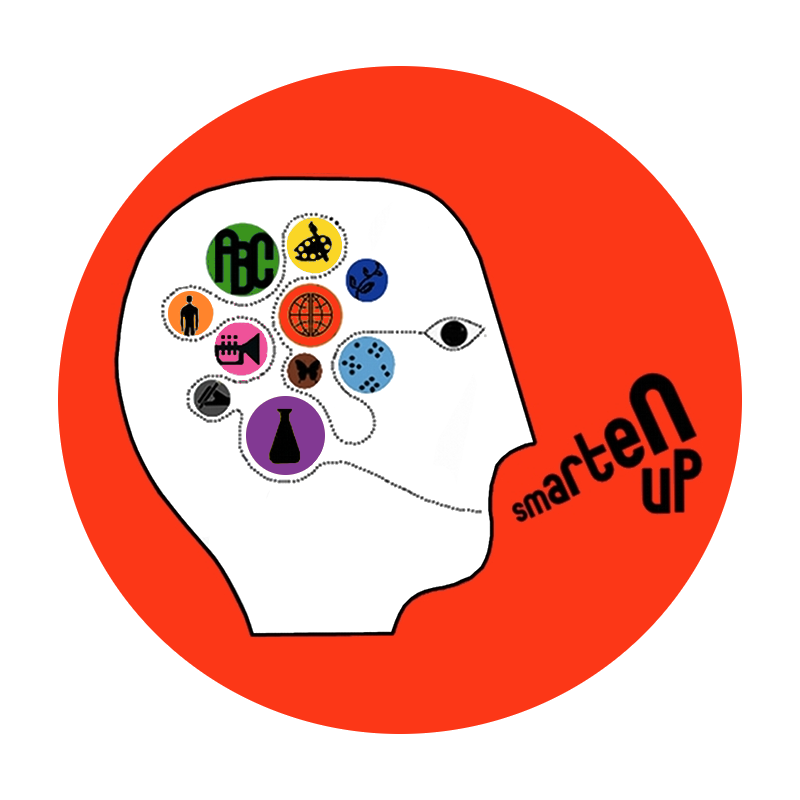With the increasing demands of high school academics, it can sometimes feel difficult to find time for extracurriculars — but the danger of feeling overwhelmed by schoolwork is all the more reason to carve out a balanced schedule that includes time for development outside of the academic sphere. Of course you have continued license as a high school student to explore new interests, but by now you have hopefully also found an area or two in which you know you can thrive, whether playing a sport, learning an instrument or art form, or advocating in support of a particular cause. Pursuing these extracurricular interests with sincerity is more than just a signal to colleges that you are a well-rounded, passionate individual; it is the time-tested formula for becoming one.
The first step toward extracurricular development is setting ambitious but appropriate goals for yourself. In your first year at a new school, seek out older students whose example you can follow. Next cast your net more widely — look online for students who have excelled at something that interests you, and absorb what you find about the steps they took to get where you want to go. You will find students your age who are conducting independent research projects to compete in national contests, forming their own bands, making short films, volunteering with the elderly—almost anything you can imagine. You can even research the biographies of established professionals you admire to give yourself something to aim towards; let yourself be inspired!
Next, take the initiative to start down the path you find most compelling. Does your school already have a jazz band you can audition for, or a speech and debate team? If not, consider starting one yourself, gathering a group of like-minded peers to form a community that might well become an important part of your high school experience. You can also look outside of your high school for opportunities. If you’re living in New York City, the possibilities are endless — aspiring veterinarians can nurse wounded birds back to health at the Wild Bird Fund, and budding journalists can apply to the New York Times’ Summer Academy. Often the hardest part is getting started, so avoid procrastination by setting a clear timeline for applications and find a friend who can help you stay on track.
Finally, remember that the more sincerely you can pursue the thing that interests you—rather than the one you believe will look best on a resume—the better you will do. It’s not a bad thing to consider how your skills and experiences will be perceived by colleges, and to work strategically to present yourself in the best light. However, it is also important to trust your instincts, and go after the goals that excite you. The authenticity that this kind of activity will show to colleges is not something that can be easily replicated, and so long as you chase your own particular passion with a dedicated effort, your work will pay off in one way or another.
